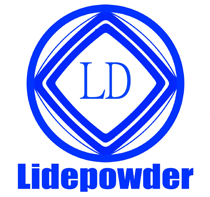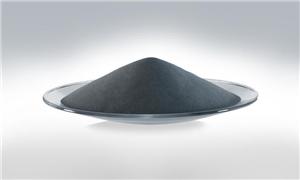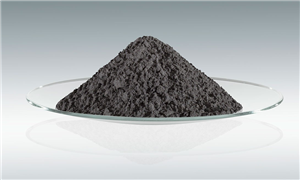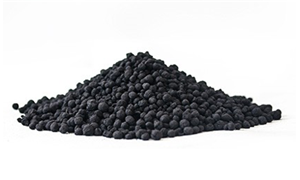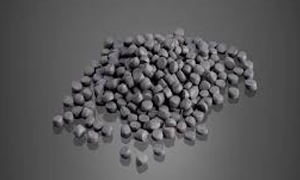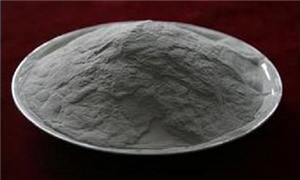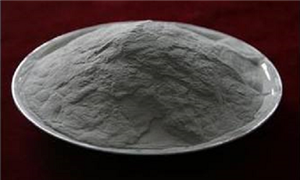- Home
- >
- News
- >
- Company news
- >
- powder metallurgy in the brake discs
powder metallurgy in the brake discs
✅ What is the base layer made of?
Common materials include:
| Material | Characteristics | Application |
|---|---|---|
| Gray cast iron (most common) | Excellent thermal conductivity & damping, cost-effective | Standard automotive brake discs |
| Ductile iron (nodular iron) | Stronger than gray iron, better fatigue strength | High-performance automotive brake discs |
| Carbon–ceramic composite | Extremely high heat resistance, low weight, very durable | High-end sports cars, racing |
| Steel alloys / MIM / powder metallurgy base | Higher strength, controlled microstructure | Used in specialty, high-performance, or weight-sensitive applications |
| Metal matrix composites (MMC) | Light weight + heat resistance | Aerospace, EVs (in development) |
✅ How are brake disc base layers made?
1) Traditional Cast Iron Brake Discs
Casting process
Melt iron + alloying elements
Pour into molds
Cooling + solidification
Machining (lathe, balancing, drilling)
2) Powder Metallurgy Brake Discs
Powder metallurgy or sintering process
Alloy powder preparation
Compaction (pressing powder into shape)
Sintering at high temperature
Optional hot isostatic pressing (HIP)
Machining and finishing
Advantages:
Control over microstructure
Better wear resistance
Possible lightweight design
Can integrate special additives (ceramics, carbides, etc.)
3) Carbon-Ceramic Brake Discs
Chemical vapor infiltration + sintering
Carbon fiber preform
Resin infiltration & carbonization
Silicon impregnation to form SiC
Final machining
Very expensive, used for supercars (Ferrari, Porsche).
✅ Additional Notes
Many advanced brake systems apply surface coatings on the base layer:
| Coating | Purpose |
|---|---|
| Thermal spray coatings | Heat resistance, anti-wear |
| Carbide ceramic coatings (e.g., WC-Co) | Improve durability |
| Plasma electrolytic oxidation (PEO) | EV brake rotors corrosion resistance |
| Graphite or special friction layers | Better braking feel and noise control |
